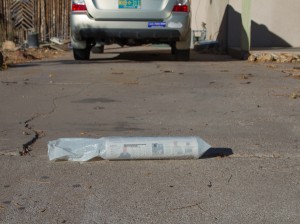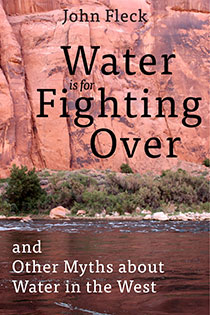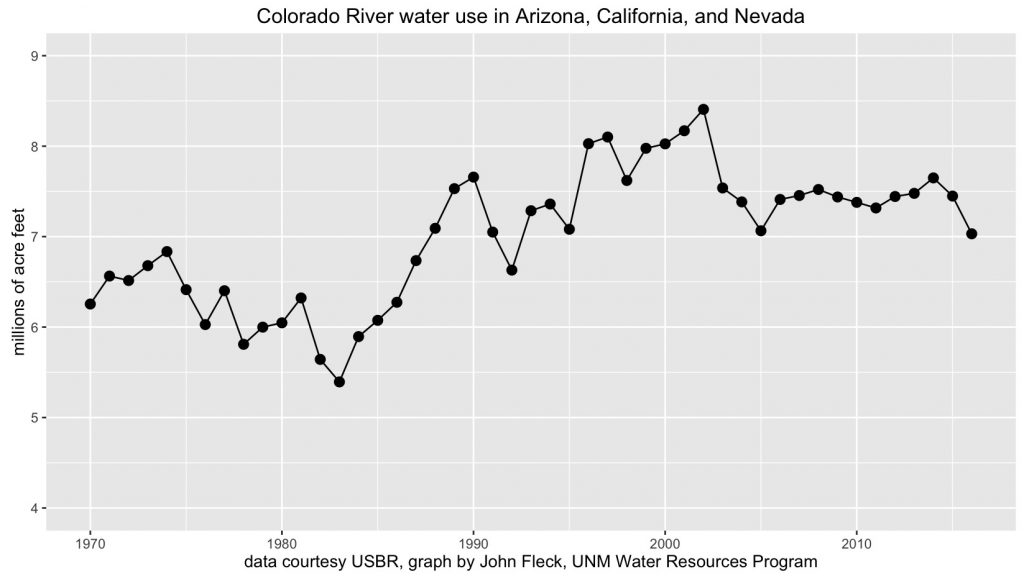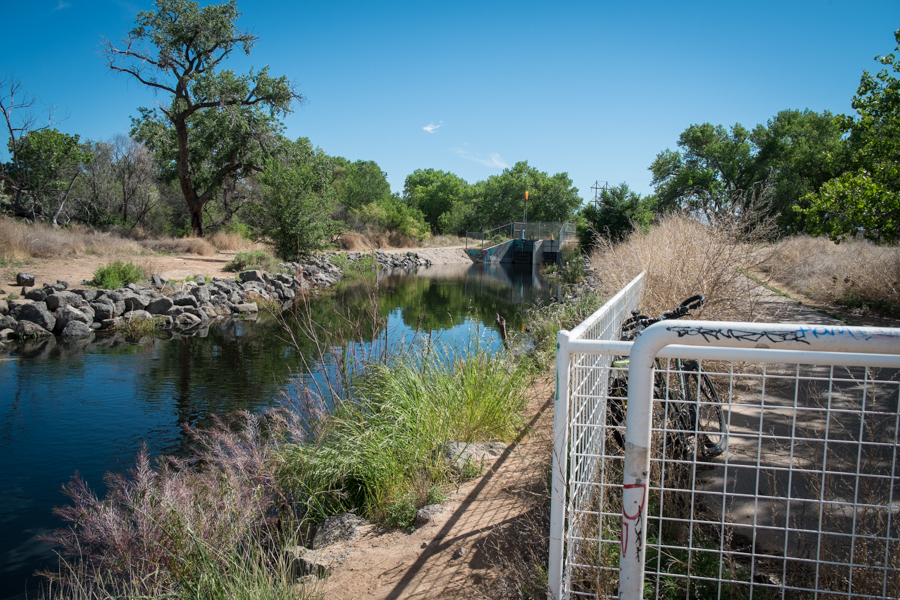A couple of my friends, journalists, have started a neat new side project:
The guys said they were from Puebla, a picturesque state in central Mexico whose colonial capital is a tourist gem — although much of the countryside is impoverished. Puebla has a long tradition of sending men and women north: There are so many poblano immigrants in New York that Spanish-language TV sometimes refers to the city as “Puebla York.” The guys told us they were lost. They needed to get to Arizona and didn’t know which way was north. We pointed them in the right direction. The oldest was 27; the youngest was 16.
Click for the pictures. I’ll wait.
It’s work that doesn’t quite fit into the newspaper where they work, but it’s worth sharing, and as I remodel my own career, I’m empathetic to the motivation – having something to say that doesn’t fit into the cubbyholes the existing media environment has to offer.

newspaper on driveway
A lot of my friends are doing this. Consider Jeff Proctor’s work on the criminal justice system or Laura Paskus on climate change in New Mexico – both with a home at New Mexico In Depth. These two projects have a lot of the look and feel of traditional journalism, but they are deeper and more thoughtful than the beat reporting you’ll read in your local paper. This is not a knock on the beat reporters or the local newspaper. This is recognizing the intrinsic limitations and experimenting with a new avenue, a new form.
But also consider the work Scot Key is doing at Better Burque. I don’t know of anyone else in Albuquerque who’s writing deeply about pedestrian safety:
Pedestrian deaths are happening so often they largely aren’t even worth reporting.
The latest update from the UNM Geospatial and Population Studies Traffic Research Unit shows 24 pedestrian deaths in the first four months of 2016, a rate on par with the highest number of such deaths in recent years, 74, in 2014. Since 2010, 303 pedestrians have died on New Mexico roads.
Barela’s death, like many others here and around the country, happened in a low-income area with very poor road infrastructure. That low income folks walk more is common sense; that the roads in poor areas of town are the least hospitable to walkers is anything but.
Journalism? I don’t know, you tell me, or tell me why the label matters. Scot, who is a bicycling buddy, is a retired middle school teacher. What are the fundamental characteristics of teaching? Ideas->brains. What are the fundamental characteristics of journalism? Ideas->brains.
There are important implementation details. What are the ideas? Are they good ones – useful, beautiful, productive? This is a tricky bit. And then, what are the pathways to brains? Which brains do you want to reach?
I used to work for a company that printed my words on paper and threw them on tens of thousands of driveways. Scot was paid to stand in front of young people and talk to them for hours on end. Those were sweet gigs. If the pathways don’t exist, or stop working for us – ultimately I had things to say that didn’t work via the old paper-on-driveway path, I’ll let Scot speak for himself about his decision to leave teaching – how to build them? This also is a tricky bit.
But at root it’s the same basic task.




